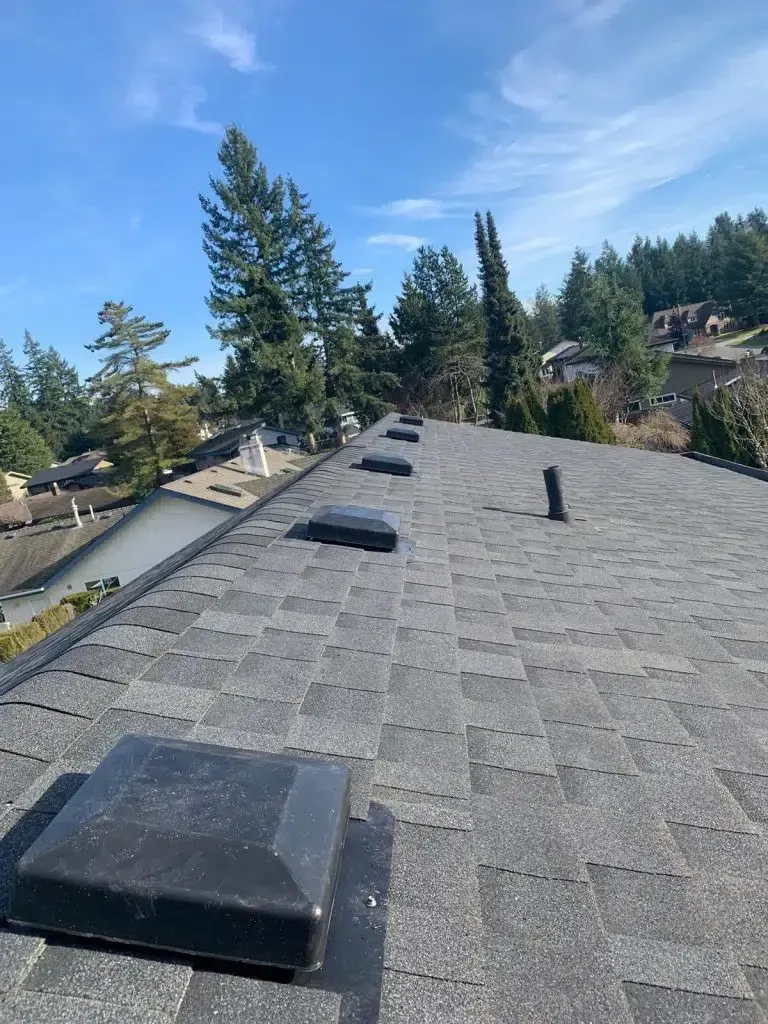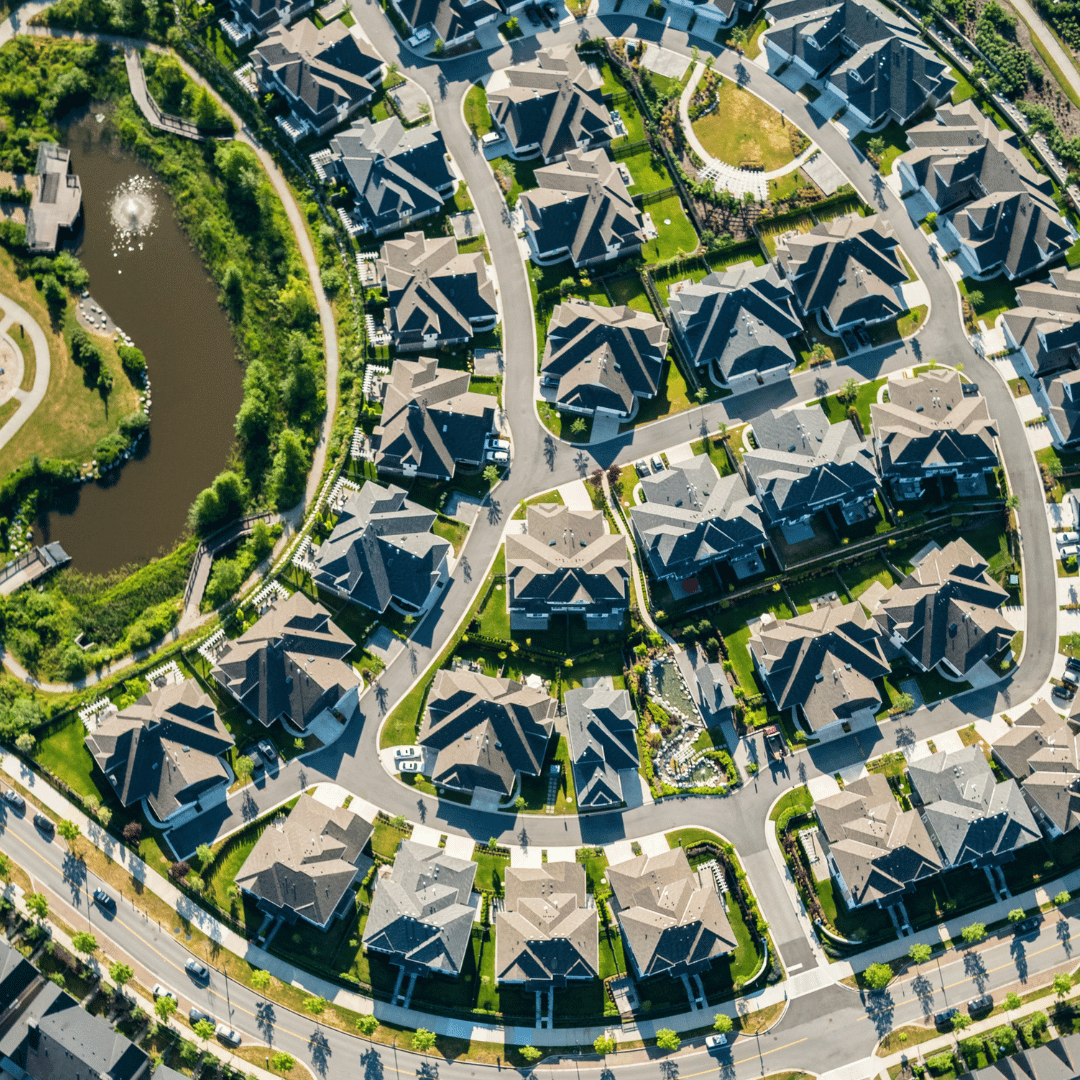Eco-Friendly Roofing Options for Delta’s Renewable Energy Homes
Eco-Friendly Roofing Options for Delta’s Renewable Energy Homes
Looking for Eco-Friendly Roofing Delta homes can trust? The top choices are solar shingles, recycled-content metal panels, vegetative green roofs, and cool-roof rated recycled asphalt shingles—each cuts energy use in Delta’s wet, mild climate and pairs beautifully with home solar.
- Pick solar-integrated shingles for maximum generation.
- Choose recycled steel panels for extreme durability.
- Install a living roof to harvest storm-water.
- Select cool-rated recycled asphalt for budget builds.
- Verify BC Energy Step Code compliance first.
| Factor | Value | Note |
|---|---|---|
| Energy saved | 15-40 % | Annual heating-cooling reduction |
| Recycled content | 25-95 % | Material dependent |
| Service life | 30-70 yrs | Metal & solar last longest |
Introduction: Delta’s Climate, Delta’s Challenge
Low-slung against the Fraser River and Boundary Bay, Delta wakes most mornings to marine clouds, salt-laden breezes, and rain that arrives like clockwork. Those gentle coastal forces batter shingles, tempt moss, and sap household heat. Meanwhile, Delta’s municipal plan calls for net-zero emissions by 2050, urging every homeowner to trim carbon. As the lead installer at Paragon Roofing BC, I’ve watched the roofing conversation evolve from “replace what was there” to “future-proof my home.” Eco-friendly roofs are no longer fringe—they’re the new baseline. In the pages ahead I’ll dissect the best sustainable roofing systems for Delta, explain how they dovetail with solar, and share hard-won field tips so you can choose a roof that saves energy, withstands coastal weather, and earns generous rebates.
Why Delta Homes Need Eco-Friendly Roofing
The average Delta roof endures 1 500 mm of rain, 1 600 hours of cloud cover, and wind gusts that surf in off Georgia Strait. Asphalt shingles baked on southern slopes hit 70 °C in July but drop near freezing by dawn—a thermal swing that accelerates micro-cracks and drives attic heat loss. Local utilities estimate 22 % of a detached home’s energy bill leaks through the roof deck. Installing a sustainable roof addresses three pain points at once:
- Energy efficiency. Reflective or solar-generating surfaces slash HVAC use in both directions.
- Climate resilience. Metal and vegetative membranes shrug off salt spray and moss. Read our guide on weather and Delta roofs to see how climate longevity is measured.
- Storm-water management. Green roofs hold 40-60 % of annual rainfall, easing Delta’s aging drainage network during king tides.
When paired with BC’s Step Code, an eco roof becomes the keystone of a high-performance envelope and a measurable asset should you sell.
Solar Shingles: Power Where the Rain Falls
Remember the solar panels of 2005—chunky, blue, and bolted to rails? Today’s building-integrated photovoltaic (BIPV) shingles nest into standard courses like glassy Lego bricks. Each interlocking module channels rain into concealed gutters while 42-watt cells sip daylight, even diffuse coastal light.
Key Advantages
- Dual duty. Generate 3–11 kW while replacing conventional roof cladding.
- Streamlined look. Municipal heritage zones in Ladner often restrict rack-mount panels; BIPV shingles sail through permitting.
- Hail & wind tested. UL 2218 Class 4 impact rating equals top-tier metal.
- Tax credits & rebates. BC Hydro Net Metering plus federal 30 % Clean Technology Investment Tax Credit (2025).
Installer’s note: We wire the shingle strings to a single Sol-Ark hybrid inverter so homeowners can add battery storage later. Delta’s frequent power bumps mean a 10 kWh battery keeps lights on until crews fix downed lines.
High-Recycled-Content Metal Roofing
Standing-seam aluminum or Galvalume steel made with 35-95 % recycled scrap offers a gleaming armor against salt and moss. With Kynar 500 finishes, solar reflectance (SRI) climbs above 80, bouncing midday heat and delaying AC start-ups.
- Longevity. Properly installed seams last 50-70 years—twice cedar, four times 3-tab asphalt.
- Rainwater harvesting. Unlike asphalt, metal sheds micro-granules, keeping barrel water garden-ready.
- Fire resistance. An ember-proof Class A rating is crucial near Delta’s inland interface zones during summer droughts.
Installer’s note: We float our panels on a vented clip system. Air under the metal washes out moisture, and clips allow thermal breathing so there’s no dreaded oil-canning.
Living Green Roofs: Delta’s Moss—Reimagined
Swap unwanted moss for curated sedums, native stonecrop, and dwarf shore grasses. An extensive green roof (soil depth ≤ 150 mm) adds only 15-30 kg/m² when saturated—well within engineered truss limits on most post-1990 homes.
Benefits Specific to Delta
- Storm-water buffering. July cloudbursts overwhelm catch basins; a 100 m² green roof can retain 3 000 L.
- Urban heat-island relief. Ladner village summer roof temps drop 25 °C under sedum mats compared to black torch-on.
- Habitat corridors. Bees scour flower-starved subdivisions; green roofs stitch a pollinator highway above the fences.
Maintenance? Annual weeding and a slow-release organic fertilizer in March. We embed drip lines tied to rain sensors—set-and-forget irrigation.
Cool Roofs & Recycled Asphalt Shingles
Budget doesn’t always stretch to solar glass or living landscapes. Fortunately, cool-roof shingles coated with reflective ceramic granules deflect 25-30 % more infrared than standard fiberglass shingles yet cost only 10 % extra. Many lines now incorporate 20 % post-consumer asphalt, diverting dumpster tear-offs from landfills.
Quick Delta-Centric Metrics
- Peak attic temperature drop: 6-11 °C in July heat domes.
- Energy savings: 7-15 % annual cooling energy—even in our “mild” climate.
- Colour palette: Light greys and weathered woods keep HOA committees content while scoring LEED points.
Integrating Roofs with Renewable Energy Systems
Eco roofs do more than sit pretty. They bond with other technologies:
- Solar arrays. Metal and cool shingles accept rail mounts without voiding warranties; BIPV skips rails entirely.
- Heat-pump synergy. Cooler attic decks mean heat-pump ducts run 3-5 °C cooler, boosting COP.
- Battery-ready conduits. Future-proof by routing EMT up the plumbing stack so finishing a battery wall later is drywall-dust-free.
- Rainwater capture. Metal or vegetative roofs feed first-flush diverters; add UV sterilization for potable backup.
Incentives, Rebates & Code Considerations
- CleanBC Better Homes Program. Up to $5 600 for roofing that hits specified SRI or integrates solar.
- CMHC Eco Plus. Mortgage-insurance premium reductions when a new roof raises EnerGuide rating ≥ 25 %.
- Delta Green Growth Incentive (proposed 2026). A property-tax holiday on assessed value added by renewable upgrades.
BC Energy Step Code 4 and Delta’s Rainwater Best Management Practices both influence roof design. For instance, green-roof retention volume counts toward on-site detention requirements, which can shrink backyard cistern size.
Lifecycle Cost Analysis: Numbers Tell the Story
A roof that costs more upfront may win the 30-year race. Consider a 2 000 ft² rancher in North Delta:
- Asphalt (standard).$9 600 installed; replacement in 18 years; two landfill trips.
- Cool asphalt (recycled).$11 000; lasts 22 years; saves $240/year energy.
- Recycled-steel standing seam.$27 000; lasts 55 years; saves $520/year HVAC; Net Metering friendly.
- Solar shingles.$42 000 (after 30 % federal ITC); produces 9 MWh/year at $0.145/kWh = $1 305 payback annually; break-even ≈ 19 years; roof still intact 30 years later.
- Extensive green roof over TPO.$38 000; life 40 years; qualifies for storm-water fee credit (City study suggests 10-25 % reduction).
When we fold in disposal costs and carbon taxes projected for 2040, metal and solar surge ahead—so if shingles curl it may be time for replacing your roof in Delta.
Maintenance & Longevity in Delta’s Coastal Microclimate
Moss and algae love shaded, damp slopes. For cool or solar shingles, we specify copper-granule ridge caps. Rain drags trace copper ions down-slope—nature’s mild algaecide. Metal and BIPV surfaces need only an annual low-pressure rinse. Green roofs demand weed patrol each equinox and drainage checks after atmospheric rivers.
Homeowner Checklist
- Inspect flashings every fall storm season.
- Sweep roof valleys—avoid pressure washers.
- Prune overhanging limbs to boost solar harvest.
- Document with photos for warranty claims.
Prefer a hands-off approach? Our Delta seasonal roof maintenance services keep eco roofing systems pristine without guesswork.
Case Study: Tsawwassen Solar Shingle Retrofit
Background. A 1968 split-level on 52 Street suffered curling shingles and $310/month hydro bills.
Solution. Paragon stripped to deck, replaced rot with FSC-certified plywood, and installed 8.6 kW of Timberline Solar shingles. We added R-60 blown cellulose and continuous ridge ventilation.
Outcome (Year 1):
- Energy bill drop: 76 %.
- Net Metering credits: 3 MWh exported.
- Indoor summer peak temp fell 4 °C.
- Appraised value jumped $93 000—triple project cost.
The homeowner now powers an EV entirely from the roof.
Choosing the Right Eco Roof: Decision Matrix
Every Delta property juggles a different mix of shade, budget, and curb-appeal rules. Start with three questions:
- What problem hurts most? If it’s energy bills, solar or metal shines; if it’s drainage fines, go green roof.
- How long will you own? Plan to stay 10 years? Cool shingles make sense. Forever home? Metal or solar beats inflation.
- How heavy is the structure rated? Get a structural engineer to bless the load if leaning green.
Paragon’s consult includes blower-door testing, infrared scanning, and Sabre thermal modelling so the chosen roof plugs whole-house leaks, not just the obvious ones.
Looking Forward: Delta’s Carbon-Neutral Horizon
The province’s 2025 amendments will tighten Step Code to require 20 % on-site renewable generation for new builds. Retrofits will follow. By selecting an eco-friendly roof now, Delta homeowners jump ahead of mandatory thresholds, lock in lower rebate tiers, and insulate themselves from volatile energy markets.
At Paragon, we train crews on torch-free installations, recyclable underlayments, and safe battery hookups. We believe a roof should be more than shelter; it should be a power plant, a sponge, a shield, and a statement.
Conclusion
Eco-friendly roofing in Delta isn’t a luxury; it’s a logical, financially savvy upgrade that tackles energy, resilience, and aesthetics in one decisive move. Whether your priority is slashing bills, sheltering pollinators, or future-proofing against tougher codes, there is a sustainable system ready for your rafters. As always, get an on-site assessment, verify structural limits, and choose certified installers who understand our coastal quirks. Your roof shapes the skyline—and the climate ledger—of Delta for decades to come.



